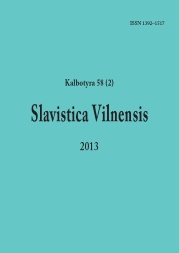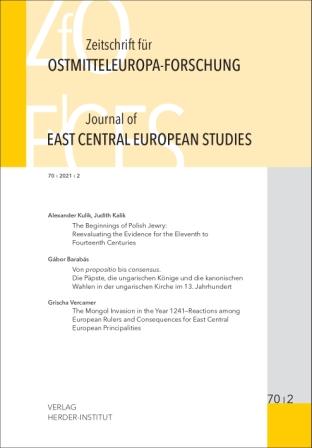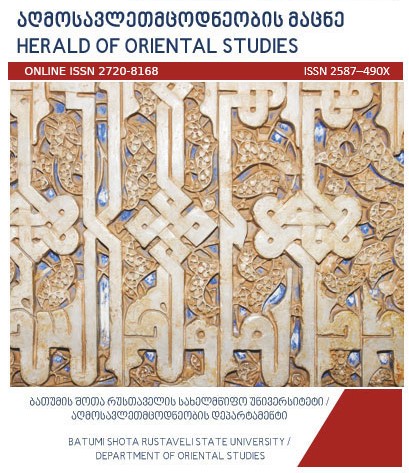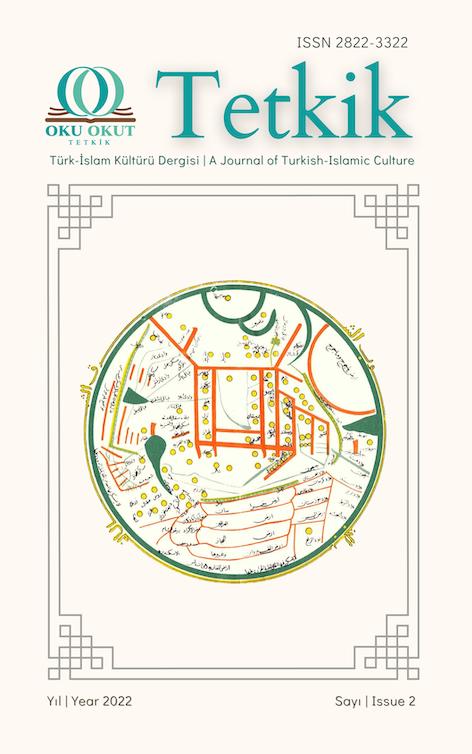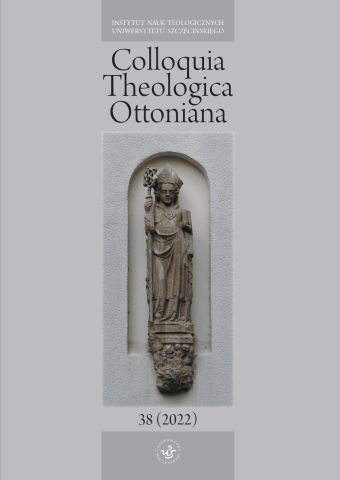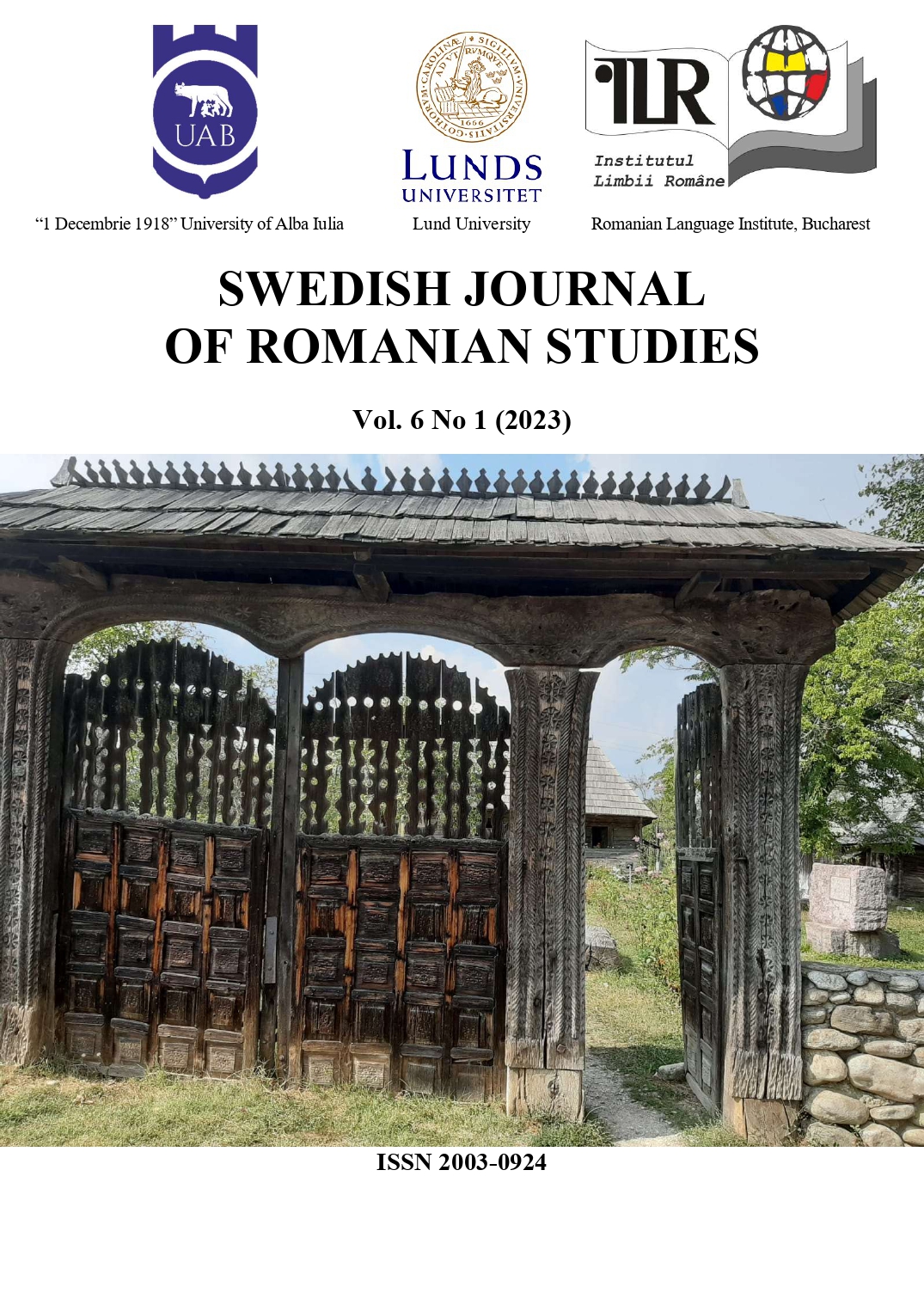Author(s): Irakli Orzhonia / Language(s): English,Greek, Modern (1453-),Georgian
Issue: 12/2022
The scope of the present article is hagiographic texts translated from Greek by Euthymius the Athonite, and the aim of the research is to find out the essence and purpose of their intertext. The study of the material revealed that the authors of the hagiographic works, describing the life-martyrdom of a particular saint, are based on three types of sources: the Scripture, historical sources and patristic sources. While citing the Bible, they use three forms: analogy with the Scripture, paraphrasing the Scripture, quoting from the Scripture. As a rule, the authors by no means offer a specific reference to which book of the Bible they used because the texts about saints were written for the community within the church, and implied that the readers would understand all the analogies, paraphrases or quotations. Intertexts, connected with the most authoritative book – the Holy Scriptures, obviously, did not have only an artistic purpose. Their role should also be appreciated in the cultural-religious context: the writers of the lives of the saints tried in this artistic way to show the continuity of the divine works conveyed in the Scripture and their close connection with modernity, the spiritual unity of the heroes of the hagiographic writings with the biblical saints, whose ultimate goal was to strengthen the Christian faith and address the broad masses. Using historical sources, the authors provide additional material to the reader, while referring to the patristic monuments; they offer a deep, thorough and theological discussion of the events or facts conveyed in the work enriched with appropriate terms.
More...


